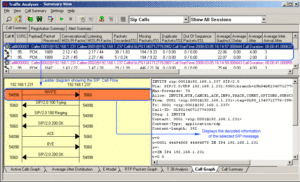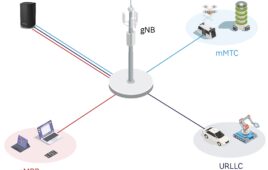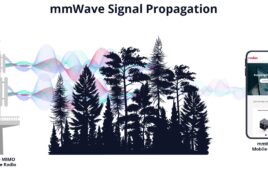 GL Communications Inc. addressed the press regarding their Protocol Analyzers which offer centralized monitoring and testing technologies for TDM, IP, and Wireless networks.
GL Communications Inc. addressed the press regarding their Protocol Analyzers which offer centralized monitoring and testing technologies for TDM, IP, and Wireless networks.
Key Features include: Build Call Detail Records (CDR) and calculate statistics on captured calls such as Failed Calls, Successful Calls, Call Drops, etc; Save calls to disk for troubleshooting purposes; Capture traffic in the field and save it for later offline analysis; Centralized monitoring of multiple protocol analyzers. Each protocol analyzer sends data such as CDRs to a central database. The database can be accessed via a convenient web dashboard. (See GL’s Advanced traffic collection and processing); Extensive filtering capability for handling large packet captures and protocol traces. Periodically save traffic based on file size, number of frames, or time criteria; Monitor physical layer alarms to troubleshoot signaling problems; T1/E1/T3/E3 physical layer protocol analyzers enable SNMP DS-1 DS-3 standard MIB traps to be sent to SNMP management applications
GL’s PacketScan- All IP Protocol Analyzer supports monitoring 5G, 4G IMS, 3G, and 2G protocols such as GSM, GPRS, UMTS, SIGTRAN, LTE, and Diameter, in addition to IP protocols such as SIP, MGCP, MEGACO, Skinny, and H.323. It can monitor calls from a central location along with powerful and customizable reporting tools.
Packet Data Analysis (PDA) is an included application with GL’s Packet Analyzers. It allows users to monitor live IP networks including capture, analysis, and reporting of every call-in detail. Supported protocols include SIP, MEGACO, MGCP, H.323, SCCP, RANAP (UMTS IuCS), and GSM A.
PDA can capture IP packets and frames over different transmission lines, including IP, T1, E1, T3, E3, and OC-3/STM-1, OC-12/STM-4. PDA then processes the captured packets, identifies, and segregates calls based on signaling and traffic parameters.





Tell Us What You Think!